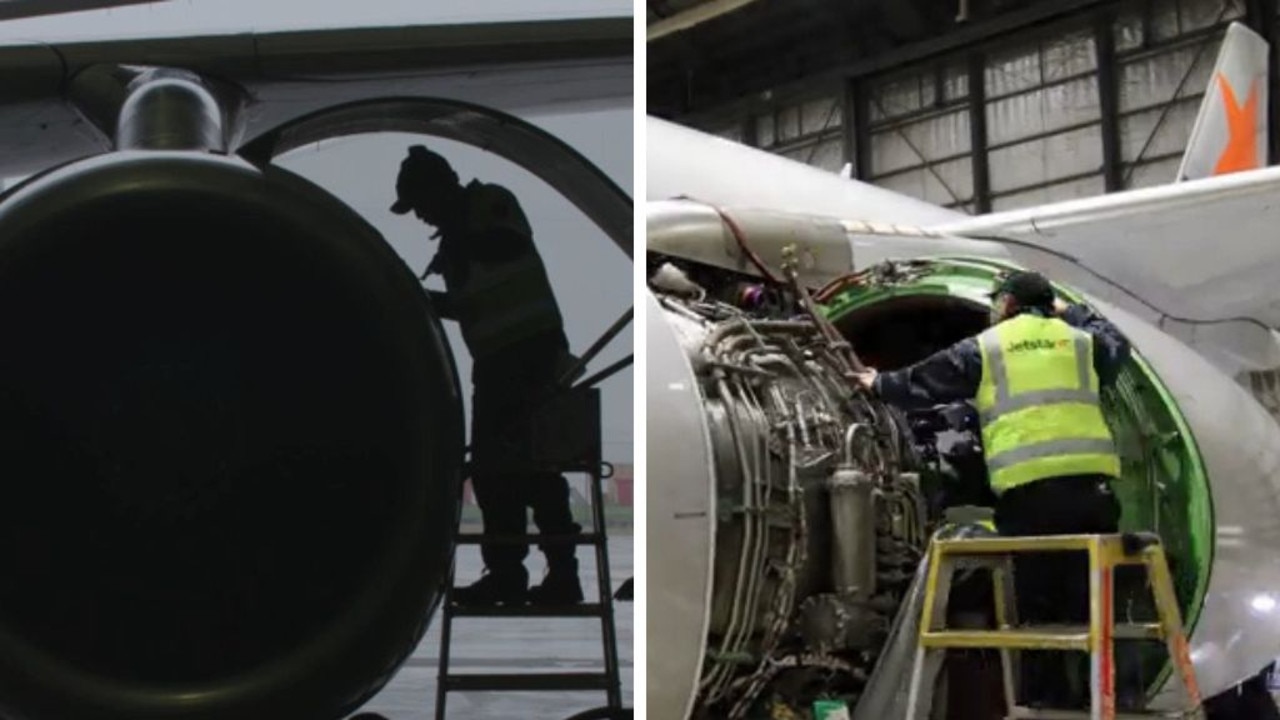Major airports in Singapore will now have temperature and visual screening
A major tourist destination has implemented a big change at its airport amid a new “dangerous” strain of mpox.
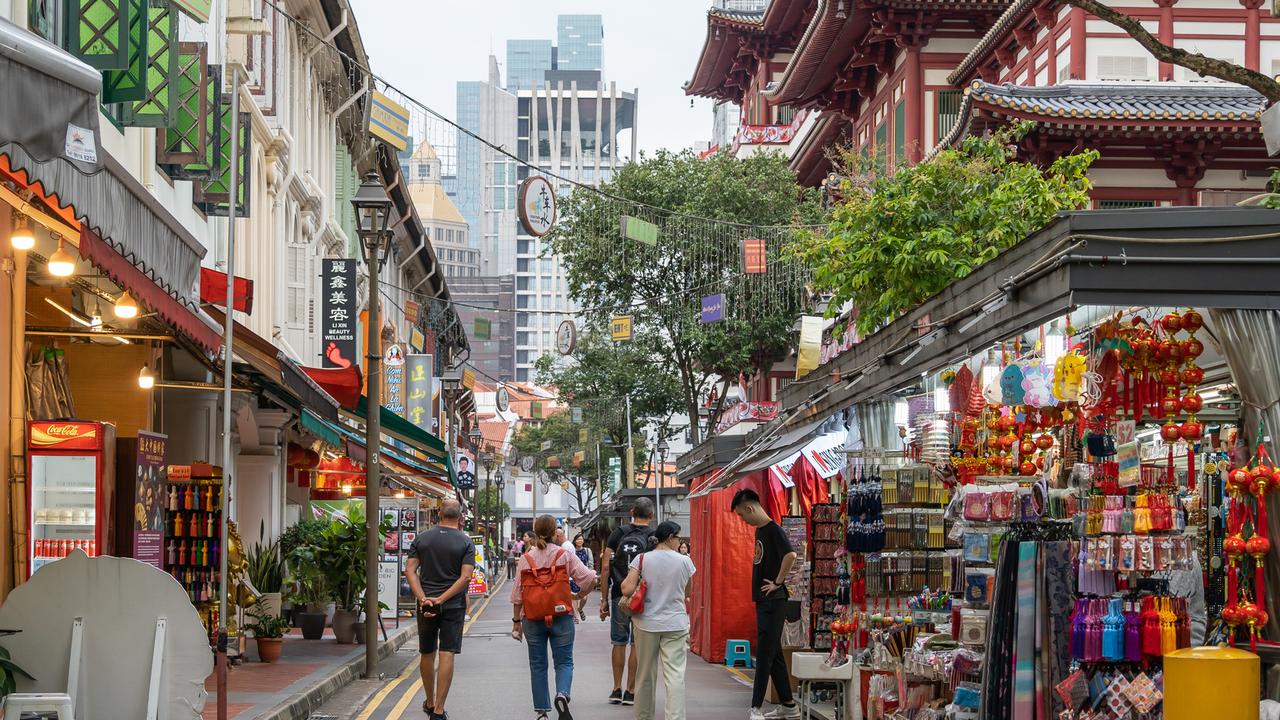
Singapore is now carrying out temperature and visual screenings at two of its major airports as a. precautionary measure amid a new “dangerous” strain of mpox — formerly known as monkeypox.
To help against the import of mpox on the island, passengers at Changi and Seletar airports will undergo checks.
Temperature and visual screenings will be conducted for those arriving on flights from places which may be exposed to the risk of mpox outbreaks, the Ministry of Health (MOH) said on Thursday.

The same will happen at sea checkpoints for crew and passengers arriving on ships from mpox affected areas.
“Travellers are strongly advised to adhere to the advisory, especially if they are travelling to and from affected countries,” MOH said.
“Travellers who have fever, rash and/or symptoms compatible with mpox will be referred for medical assessment.”
Thirteen confirmed mpox cases have been detected in Singapore so far this year, all of which are of the less severe Clade 2 infections.
While mpox has been known for decades, a new more deadly and more transmissible strain —known as Clade 1b — has driven the recent surge in cases, with the World Health Organisation declaring an international emergency.
What is Mpox
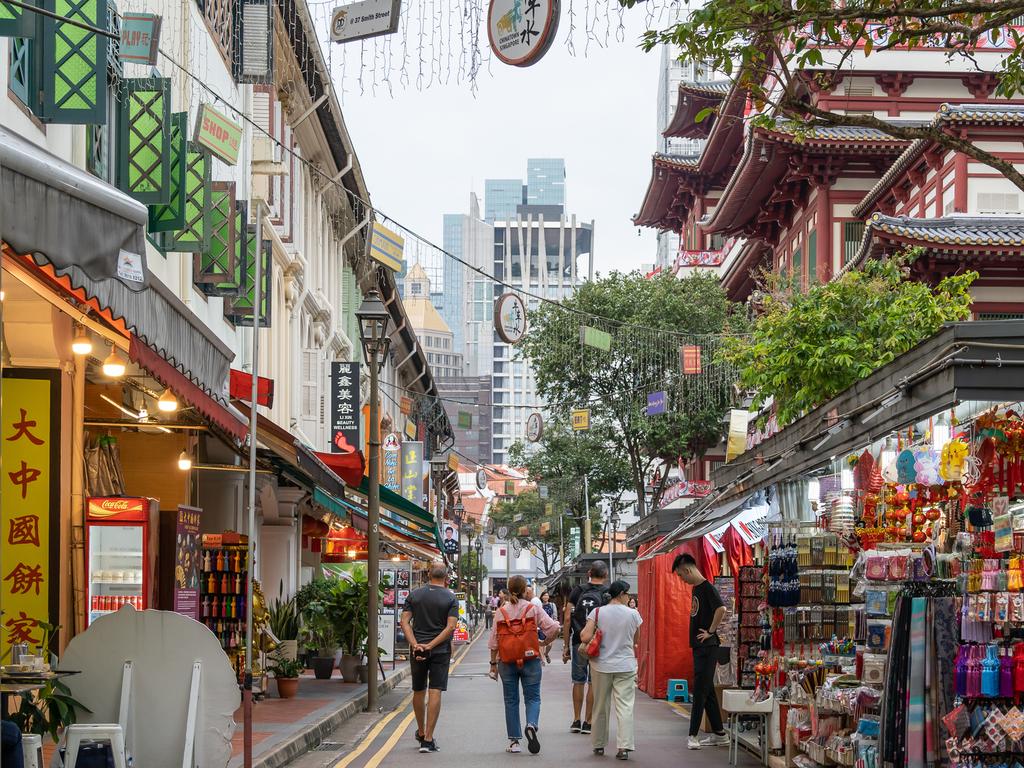
The mpox virus can be divided into two variants or “clades”: clade I and clade II. Clade I, found mainly in central Africa, is a much more severe disease with a death rate up to 10 per cent.
Clade II is found mainly in western Africa and is much milder, with a death rate below 1 per cent.
Clade II can be further divided into clade IIa and clade IIb.
It’s clade IIb mpox, which caused the major outbreak in 2022, that we’re currently seeing in Australia, according to The Conversation.
In the latter half of 2023, a new subclade of clade I was discovered in the Democratic Republic of Congo (DRC).
Clade Ib has primarily affected the DRC, with around 70 per cent of suspected cases there in children under the age of 15.
Death rate
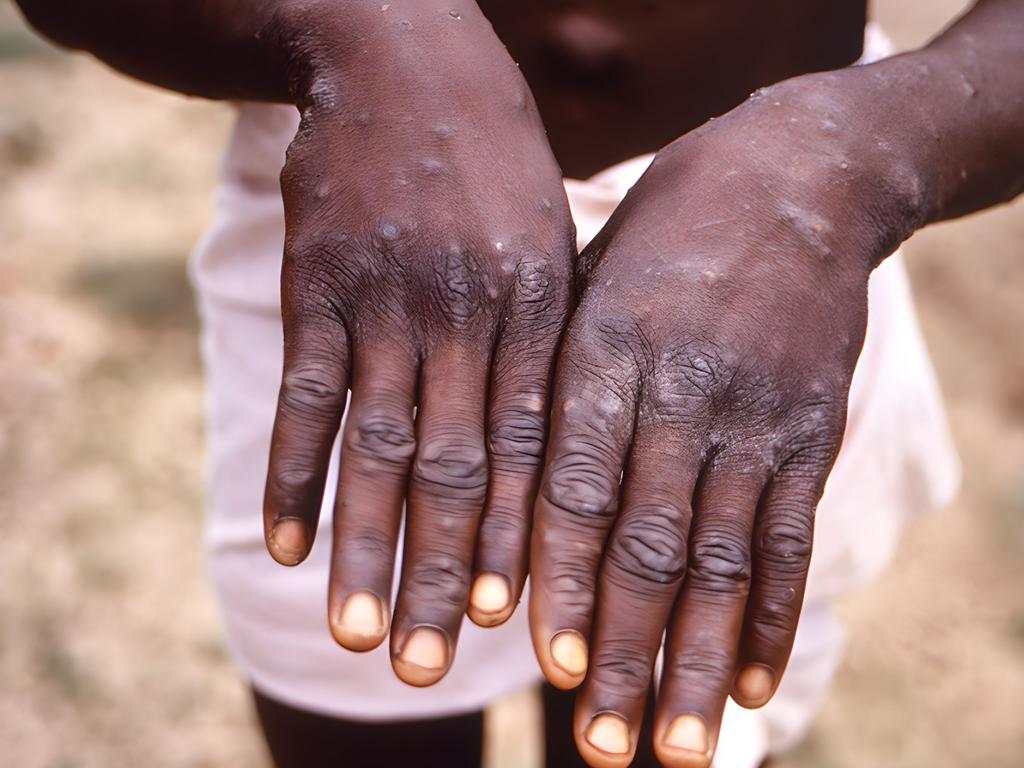
The death rate from the clade Ib outbreak is still being worked out.
But in the DRC, 7,851 cases and 384 deaths were reported up to late May.
This suggests a fatality rate of about 5 per cent.
Outside Africa, cases have recently been found in Sweden and Thailand.
“Now it’s in Sweden we probably need to be a bit more worried about it than we were perhaps a couple of days ago when it was confined to central Africa, which is generally not visited by many tourists,” Dr David Beirman, an Australian expert in tourism risk management, told news.com.au last week.
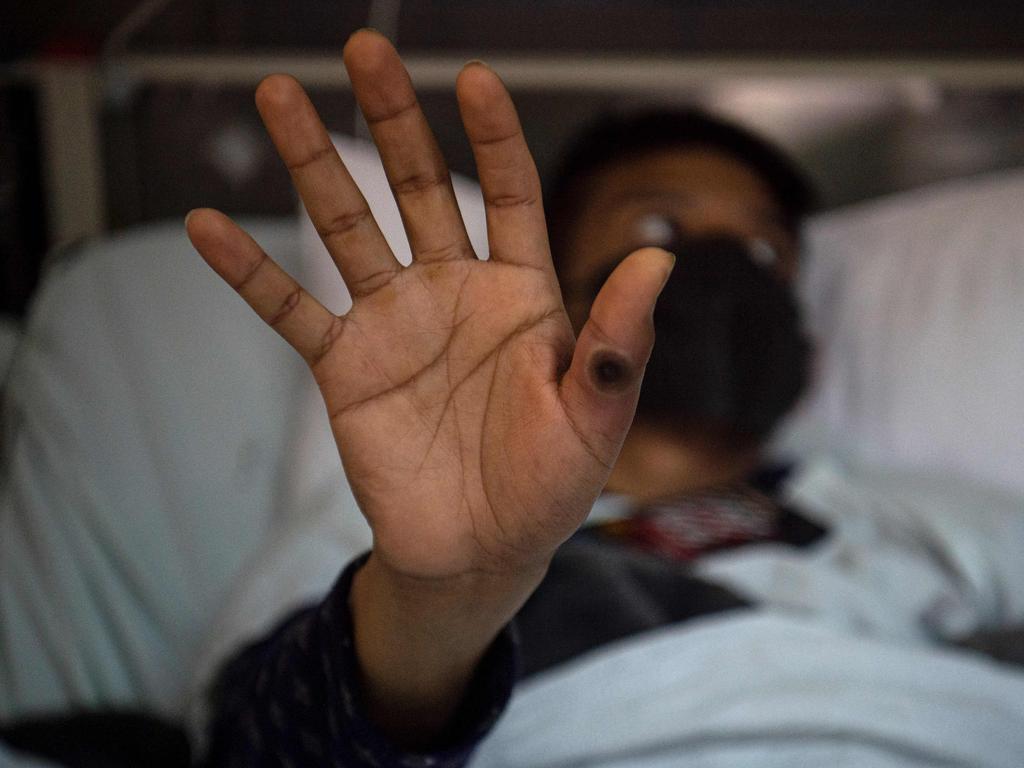
Dr Beirman said governments around the world will start considering measures to stop travellers bringing the disease into their countries as has been done with previous infectious disease outbreaks.
This may include screening travellers for mpox before they enter the country or making vaccines mandatory before citizens visit severely affected nations.
Symptoms
“Mpox spreads through close skin-to-skin contact, including sexual contact, and often starts with small pimple-like skin lesions particularly in areas that are hard to see such as the genitals, anus or buttock,” Dr Jeremy McAnulty, NSW Health executive director of health protection, said.
“Some people experience mild fever, headache, fatigue, or swollen lymph nodes and mouth ulcers or rectal pain. Mpox can spread to others until the lesions resolve,” Dr McAnulty said.
“People who have any symptoms of mpox, even if they have had the mpox vaccine and even if mild, should immediately contact their GP or sexual health service for an appointment.”




